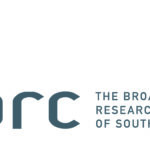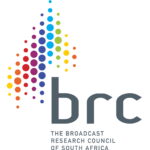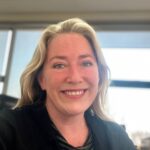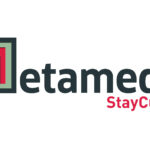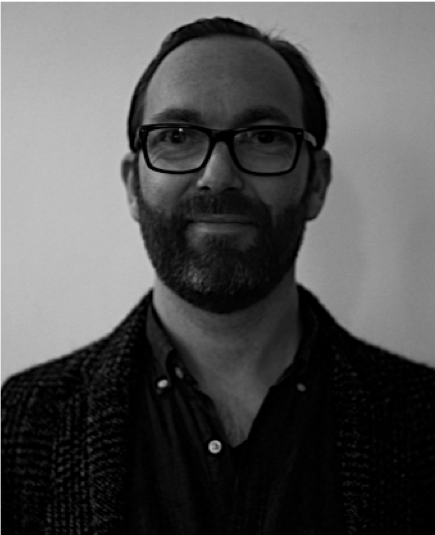
Flighting a traditional ad for radio or television has stopped having the significant impact it once had. As a result, most marketers and brand ambassadors are turning to ‘new’ media. But, while the agencies and companies they partner with may know how to book media space – and conceptualise and create – in this environment, just how many are comfortable playing in today’s diverse and cut-throat broadcast content jungle?
One of them is inBroadcast, conceptualised and developed by Jon Savage and Carl Booysen to ensure that the full-service agency HaveYouHeard’s broadcast know-how went beyond the traditional broadcast media of television and radio to embrace the new like podcasting, digital radio and YouTube.
YouTube, in fact, is industry veteran Savage’s current passion, a channel he sees rivalling Netflix in Africa.
Just last month (February 4), Statista (https://www.statista.com/chart/20698/youtube-ads-revenue/) published figures showing how YouTube ad revenue is surging. Analysing Alphabet’s1 2019 fiscal results, it showed that ‘revenue from YouTube ads’ had almost doubled in two years from $8.16-billion in 2017 to $11.16-billion in 2018 to $15.15-billion in 2019. This was the first time Alphabet had disclosed its revenue streams in such detail.
In contrast, while Netflix is still growing solidly, its market share has fallen as new competitors emerge. According to BusinessInsider.com (https://www.businessinsider.com/netflix-market-share-of-global-streaming-subscribers-dropping-ampere-2020-1?IR=T), figures from research company Ampere Analysis show Netflix’s global market share of over-the-top streaming video subscriptions has dropped from 91% in 2007 to 19% last year.
But this is not why Savage is backing YouTube in Africa. Instead, he claims its fortune will be built on the continent’s adoption of mobile … and on YouTube’s grasp of its people’s dynamics.
“Africa bypassed the laptop revolution and went straight to mobile. I believe that Africa will similarly bypass pay streaming content platforms and go straight to the free, that is, YouTube. This means unique opportunities for brands to infiltrate culture through content in a significant way,” he said.
“Unlike Netflix and competitors, YouTube is free and it’s working hard to break the barriers that exist on the continent, the biggest two being the cost of data and connectivity. Also, it is a truly democratic resource, which is what is behind its power.
“Put this all in the pot, season it with the fact that everyone is itching to become a YouTube entrepreneur, and YouTube is cooking up a storm. Brands just need to book a table,” said Savage.
The other broadcast channel that is growing rapidly, and that Savage champions, is ‘audio’ or rather digital radio. Savage admits ‘It’s a bit like the Wild West, with content creators no longer looking to a traditional radio station to give them a platform and turn them into a star. Instead, digital radio allows them to create their own platform for them to broadcast to their own audience and also control the business.
“And, importantly, while ‘radio stars’ and ‘DJ’s were what attracted listeners to traditional radio, today’s listeners want both content and control. They don’t want rigid ‘themes’, they want shorter and more variable content, they want to be able to switch it on or off based on their mood or the moment, anywhere, anytime.
“All this has turned media planning upside down. Brands have to adjust their strategies to these new media and broadcast channels. More and more, we are seeing brands partner with content creators who are socially relevant and have their own audience, helping the brand themselves grow their credibility and equity to a more intimate and engaged audience.”
This said, Savage is quick to defend a metric both new and ‘mature’ media planners understand. “Let’s not undermine reach as a metric or measureable. Not only does digital radio provide the content listeners and viewers are seeking, it outperforms most traditional broadcast channels because it provides quick scale acceleration.
“This is also why inBroadcast has not only become strategy experts in the digital media space, it’s grown one of the most powerful networks of diverse content creators from around the continent; from some of the biggest YouTubers in SA to some of the biggest online platforms in Africa.
“Their understanding of ‘splitting the content atom’ and disseminating shards into multiple powerful platforms is unique and has grown them a reputation for being able to create significant reach with genuine engagement using mostly non-traditional platforms. Even YouTube has become a client!”
1. Alphabet is an American multinational conglomerate headquartered in Mountain View, California. It was created through a corporate restructuring of Google on October 2, 2015, and became the parent company of Google and several former Google subsidiaries.
- MRF Unveils Latest MAPS® Data - 20th February 2025
- The BRC announces changes to the board and updates for 2025 - 17th December 2024
- Top 50 DSTV TV programmes – October 2024 - 12th November 2024
